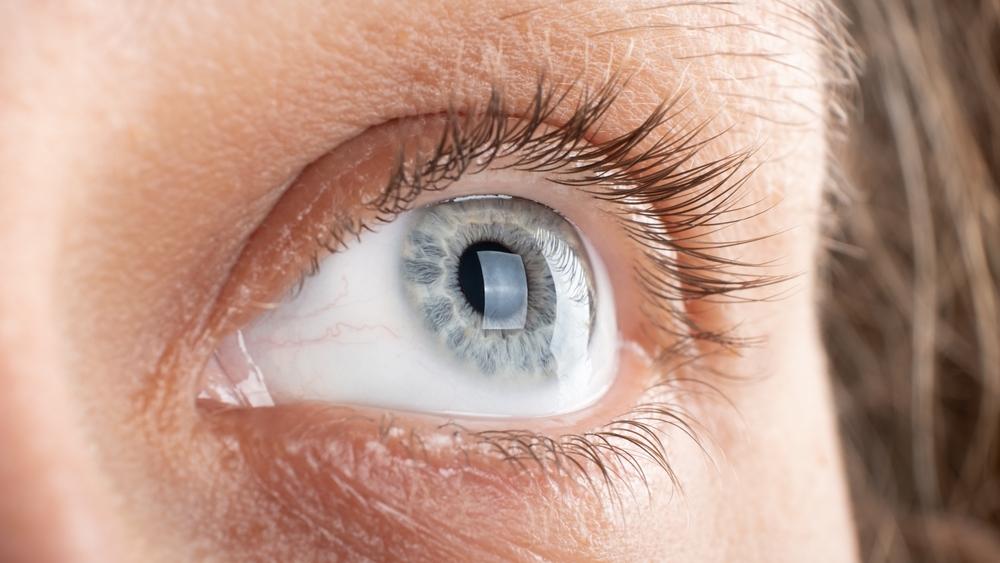
Did you know that the retina is the only place in your body where blood vessels are directly visible? That is pretty cool. It means that eye doctors can spot eye conditions and signs of other health concerns. These include heart disease, diabetes, hypertension, and stroke. Your eye doctor can spot the early signs of these conditions long before you experience pain or vision changes. So, a thorough retinal examination is essential to verify that your eyes are healthy.
What Is Optomap?
This unique technology captures more than 80 percent of the retinal surface in one image. That is the same area of the retina that eye doctors examine when they dilate and look inside their patients’ eyes.
Dilation vs. Optomap
Dilated eye exams widen pupils using eye drops that may lead to blurred vision lasting six hours. It can take up to 30 minutes to dilate your eyes. Your eye doctor will then use specialized lenses and equipment to examine the back of your eye.
With optomap, there is no pain, blurry vision, or discomfort. It provides a 200-degree image of the retina that takes under a second to capture. Furthermore, the technology offers several other benefits.
Benefits
Optomap is much like photographing your eyes one at a time. The process is fast, comfortable, and painless. The image is available immediately for you and your eye doctor to review together. Some of the reasons to consider this eye exam include the following:
It Provides the Most Comprehensive View of the Retina
One of its most significant benefits is the 200-degree view of the patient’s retina. This technology allows your eye doctor to see at least 80 percent of your retina for eye health monitoring. Also, the results enable the isolation and enlargement of specific regions and easy comparison of past results.
Dilation Is Often Unnecessary
Having your eyes dilated can disrupt your busy life, especially if you have vital responsibilities after your exam. However, you do not have to undergo dilation with optomap unless you have specific retinal symptoms or other factors necessitating dilation.
It Benefits Patients of All Ages
People of all ages can benefit from this imaging technique. It works for toddlers and senior patients as part of their routine comprehensive eye exams.
Imaging Does Not Affect Your Vision
Traditional eye dilation can leave you with blurry vision and light sensitivity for hours. However, patients who undergo optomap do not experience these side effects. Hence, there is no disruption to their schedules.
It Enables Eye Doctors to Spot Signs of Disorders or Diseases Early
Most retinal disorders do not cause symptoms like pain. Thus, a condition may develop without your knowledge. But through this imaging technology, your eye doctor can detect diseases like diabetic retinopathy, glaucoma, and macular degeneration earlier.
Consequently, the doctor can begin treatment early to preserve your vision and eye health. Also, your retinal images can show signs of specific physical disorders unrelated to your eyes even before your primary physician does.
Conclusion
These are just a few reasons your eye doctor may recommend optomap during your comprehensive eye exams. Early detection means improved treatment outcomes and reduced risk to your vision and health.
For more on optomap, visit Wellesley Hills Eye Care at our Wellesley, Massachusetts office. Call (781) 501-9120 to schedule an appointment today.








